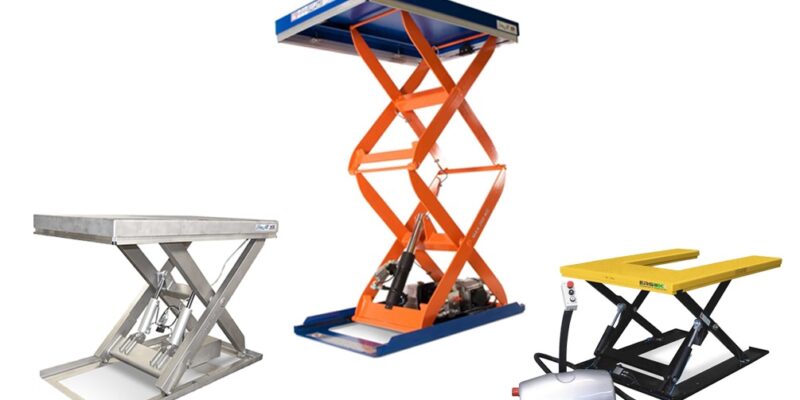Scissor lift tables allow you to handle processes more quickly by reducing the need to manually adjust the height of loads or transfer products from a device at one height to a device at another height. For example, in a distribution center, a lift table can easily interface with conveyor belts and pallet jacks so that order stacks can be quickly transferred without hindered workflow. With an always-moving nature, such systems yield reduced order cycle times, allowing companies to deliver at breakneck speed and keep pace with industry standards for time to delivery.
A major advantage also comes with cost efficiency. The upfront investment in good scissor lift tables may seem extravagant, but a lower number of workplace injuries, lower operator fatigue and quicker throughput amortizes the cost very quickly. More versatile means that often a single Scissor lift table can replace several inches of material handling to minimize maintenance overhead and storage footprint.
Stable, adjustable heights better support inspection, assembly and packaging of goods making them more accurate and reducing errors associated with workers needing to stoop or stretch. This level of detail results in fewer returns and greater customer satisfaction.
Material Handling Equipment Integration
Scissor lift tables are most effective when combined with other material handling equipment. Automated conveyor systems act as the arteries of product flow in many warehouse applications, while lift tables can be placed at junctions to push up as well as pull down. For instance, products that arrive on roller conveyors can be raised up to workstations for order picking and then lowered onto pallet conveyors for staging and shipping. Likewise, dock-leveling platforms with scissor lift platforms can provide a good transition between delivery trucks and warehouse floors.
Lift tables can also work in partnership with robotic arms and automated guided vehicles (AGVs). In a sophisticated picking operation, a robotic picker can drop items onto a lift table that lifts them to a person for final review or packaging. In contrast, lift tables can lower completed pallets to a height that AGVs can pick up and carry them to the outbound docks. By coordinating these types of symbiotic relationships between mechanized assets, logistics administrators can maintain a flow of material approaching continuous, minimizing downtime and maximizing resource use.
Operational Best Practices
Operational best practices need to be followed to augur well by implementing Scissor lift tables. Generally, choosing the right model of the lift table starts with analyzing several parameters that include load capacities, stroke heights, cycle frequencies, and environmental conditions like moisture or corrosive exposures. Consulting with manufacturers to detail features such as stainless-steel surfaces, sealed hydraulic units, or explosion-proof equipment helps ensure that equipment meets facility needs.
Training remains paramount. Operators need to be familiar with safe loading methods and how to use the controls safely and know the emergency processes. In addition, hands-on sessions, supplemented by concise instructional signage adjacent to each lift table serves to reinforce key safety messages and operating instructions. Assessing tasks regularly is a contributing factor that can effectively reveal potential ergonomics solutions, such as changing the height that items need to be lifted to the average operator reach, moving paired workstations together to ensure no unnecessary movement, etc.
Final thoughts
Workflow mapping has potential to increase lift table utilization as well. Materials flow analysis help logistics teams deploy lift tables at choke points where vertical transitions happen the most — between receiving docks and sorting areas, or assembly lines and packing stations. The cumulative distance they have to travel is much shorter this way, saving time and labor resources.
In addition, using IoT sensors and automation controllers, lift tables can be integrated into warehouse management systems (WMS) to gain real-time insights into equipment usage, maintenance requirements, and throughput metrics. Dashboards that observe lift cycles, lift heights, and load weights make proactive maintenance scheduling possible which allows to avoid unplanned downtimes and maximizes service life of thematerial handling equipment.
